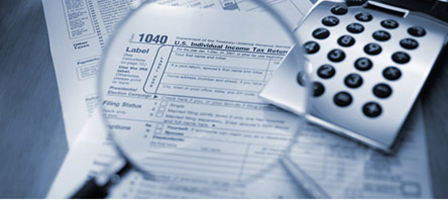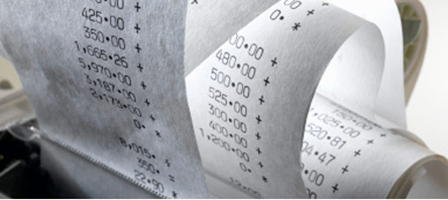USING THE HOME SALE GAIN EXCLUSION FOR MORE THAN JUST YOUR HOME
Article Summary:
- Home Sale Exclusion
- Primary Residence
- Second Home
- Fixer-upper
- Rental
With careful planning, and provided the rules are followed, the tax code allows the home sale gain exclusion every two years.
Let’s assume you own a home, perhaps a second (vacation) home, or maybe are even thinking about buying a fixer-upper and flipping it. With careful planning, it is possible to apply the full home sale exclusion to all three of the properties.
Here is how it works. The tax code allows you to exclude up to $250,000 ($500,000 for married couples) of gain from the sale of your primary residence if you have lived in it and owned it for two of the five years immediately preceding the sale and you have not previously taken a home sale exclusion within the two years immediately preceding the sale. In addition, there is no limit on the number of times you can use the exclusion, as long as the requirements are met.
It makes sense to start off by selling the home you currently live in because you probably already meet the two-out-of-five-years ownership and use tests. The next step, if you have a second home, would be to move into it and make it your primary residence. After you have lived there for two full years and it has been more than two years since the previous home was sold, you can sell the property and take the home sale exclusion again. If you are handy, and find the right property, the next possible step would be to purchase and occupy a fixer-upper while you make repairs and improvements in preparation for its eventual sale after the two-year ownership and occupancy rules have been met. When that time is up, you can sell the fixer-upper and take the third exclusion. This makes it possible for a married couple to exclude as much as $1,500,000 of home sale profit in just over four years if they follow the rules carefully and time the sales correctly.
If you own a rental property, and you occupy the rental for two years prior to its sale, you will be able to exclude a portion of the gain for that property as well. Because so many rental owners were occupying their rentals before selling them and taking a home sale exclusion, Congress enacted a law barring the exclusion of gain attributable to rental periods after 2008. Thus, the home sale exclusion can only be used to exclude gain attributable to periods before 2009 and periods after 2008 in which the home was used as a primary residence.
Example: You purchased and began renting a residence on July 1, 2005. On July 1, 2013, you occupied the property as your primary residence; and, on August 1, 2015, you sell the property for a gain of $230,000. You had owned the property for a total of 121 months, of which 67 were before 2009 or during which you occupied the property as your primary residence after 2008. Thus .5537 (67/121) of the gain is subject to the exclusion. As a result, $127,351 (.5537 x $230,000) of the gain qualifies for the exclusion.
In the preceding example, had the gain exceeded the exclusion limits, $250,000 for single taxpayers and $500,000 married taxpayers, the exclusion would have been capped at the exclusion limits.
There is one final issue to consider. If any of the residences were acquired though a tax-deferred (Sec 1031) exchange from another property, then the residence must be owned for a period of five years prior to its sale to qualify for the exclusion.
Since situations may differ, we highly recommend that you consult with this office prior to initiating such a plan.







Leave a Reply
Want to join the discussion?Feel free to contribute!